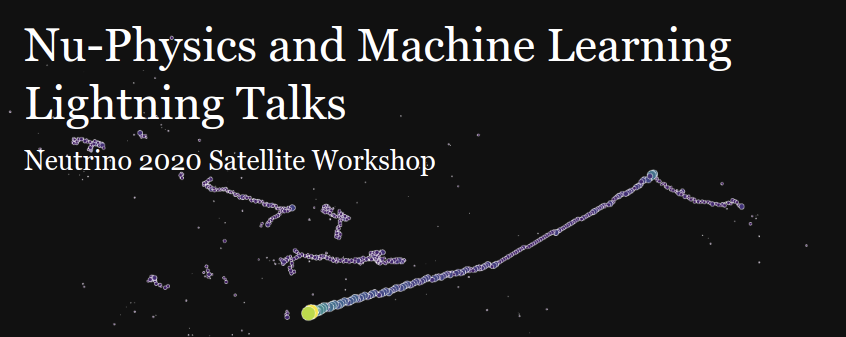Speaker
Description
The T2K experiment in Japan studies neutrino oscillations by measuring $\nu_{e}$ appearance and $\nu_{\mu}$ disappearance from a $\nu_{\mu}$ beam using a near and far detector. Super-Kamiokande (SK), a large water Cherenkov detector, acts as the far detector, where charged products of neutrino interactions on water are observed as rings of light. Neutrino oscillation analyses at T2K currently only use single-ring events at SK. A 2-ring $\nu_{e}$ CC1$\pi^{+}$ sample, where both an $e$-like ring and a $\pi^{+}$-like ring are produced, is currently being developed using boosted decision trees (BDTs) trained with reconstructed variables from fiTQun, a likelihood-based fitter. Although preliminary results are promising, the benefits of applying machine learning techniques to fiTQun variables are limited. These limitations may be exacerbated as the number of rings increases. This talk will discuss some of these limitations, exemplifying the need for improved event reconstruction using machine learning techniques.



